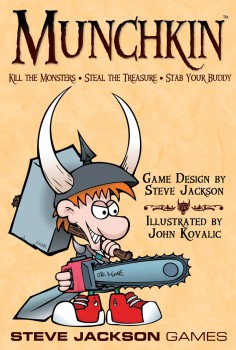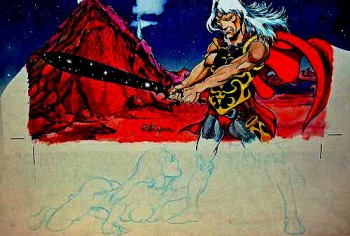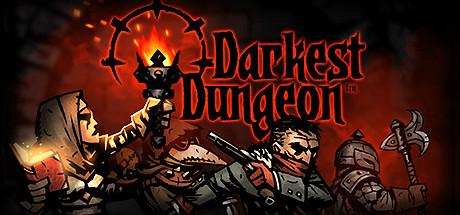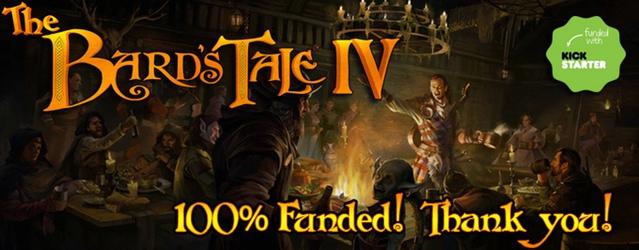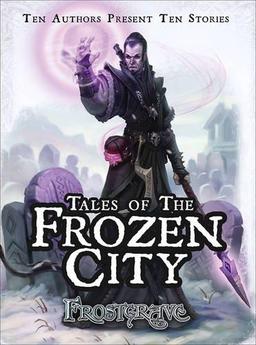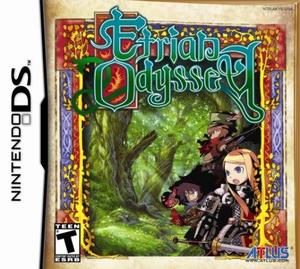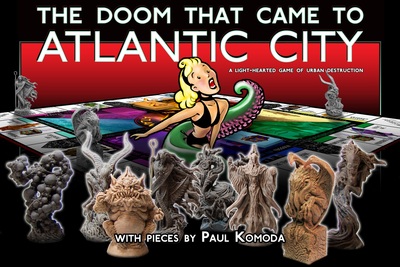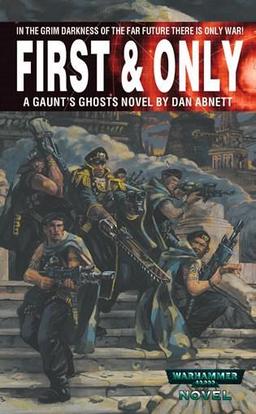Shin Megami Tensei and a Different Take on JRPGs (Part 1)
This may surprise some of you after my love letter to Etrian Odyssey, but for the longest time I didn’t like the RPG genre. During the mid 90s to early 00s, I was stuck between the grind-heavy traditional Japanese RPG (JRPG) design, and the number-crunching computer RPGs of the day. There were exceptions of course, such as Earthbound and Knights of the Old Republic. But it wasn’t until I found the Shin Megami Tensei series that I fell back in love with the genre.
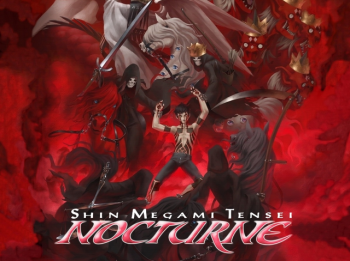 Change is Coming
Change is Coming
Shin Megami Tensei has been a Atlus staple since the early 90s; the brand has gotten so big that I have to split this examination into two parts, with this one covering the main branch titles.
The Shin Megami Tensei series has several staples that exist between all the games, with “change” being the principle theme. In every title, the protagonist is either a part of a cataclysmic event, or will be the one that changes the world forever by causing one. Aiding him are a changing stock of demons that the player can recruit through different means; usually by talking to them.
Demons belong to different families and have varying stats and powers. What’s important about the series’ design is that your party is never the same for long due to two things. First is that exploiting enemy weaknesses is vital to having any chance of beating a SMT game. (Later titles, such as Nocturne and Shin Megami Tensei 4, actively punished or rewarded the player for keeping track of element resists, but more on that in a minute.)
